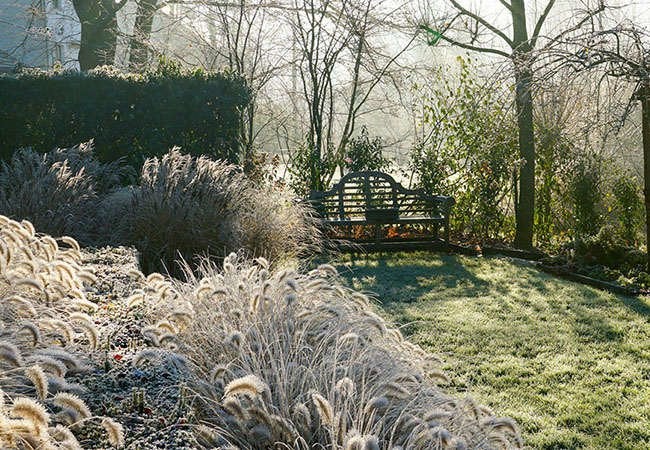

We may earn revenue from the products available on this page and participate in affiliate programs. Learn More ›
Home Advice You Can Trust
Tips, tricks & ideas for a better home and yard, delivered to your inbox daily.
Just Do It!
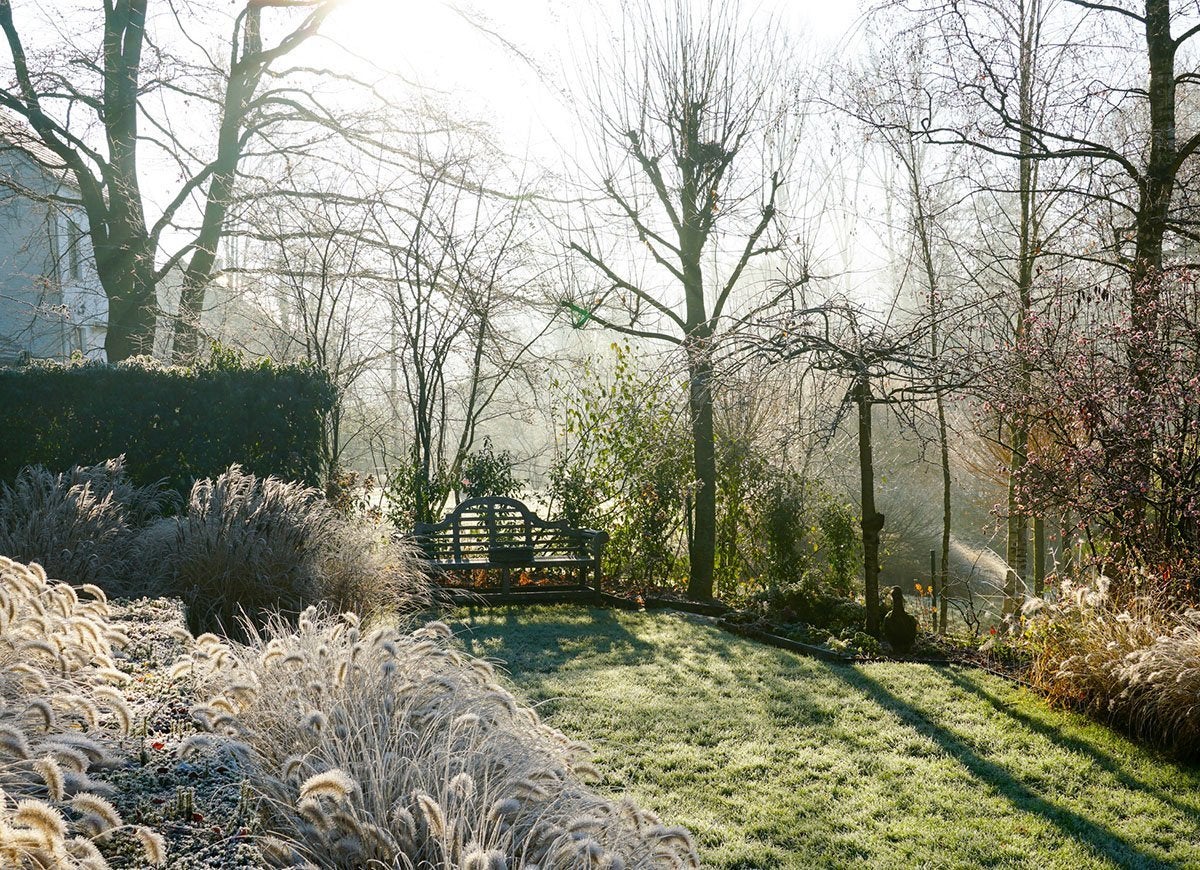
Taking a proactive approach to your landscaping is the best way to thwart Old Man winter, no matter what he has up his sleeve. What you do—and don’t do—right now, before the bitter cold descends, is crucial in keeping your plants alive and healthy until spring rolls around again. Help your plants withstand the deep freeze with these 10 smart tips.
Keep to Your Zone
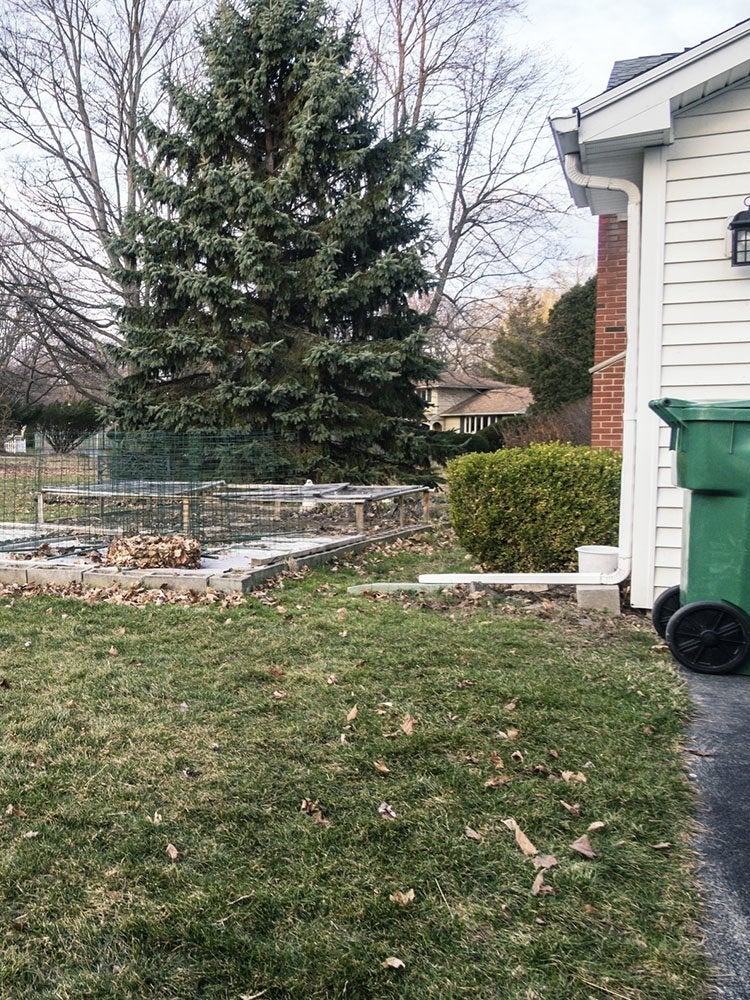
This sounds like a no-brainer, but stick with plants that do well in your area’s hardiness zone, no matter how tempted you are to try that seductive Zone 7 beauty in your Zone 5 backyard. Unless you’re blessed with a microclimate that’s perfectly suited for a less-sturdy import, stick to plants, trees, and shrubs that can withstand everything that winter throws at them.
Put Down Mulch
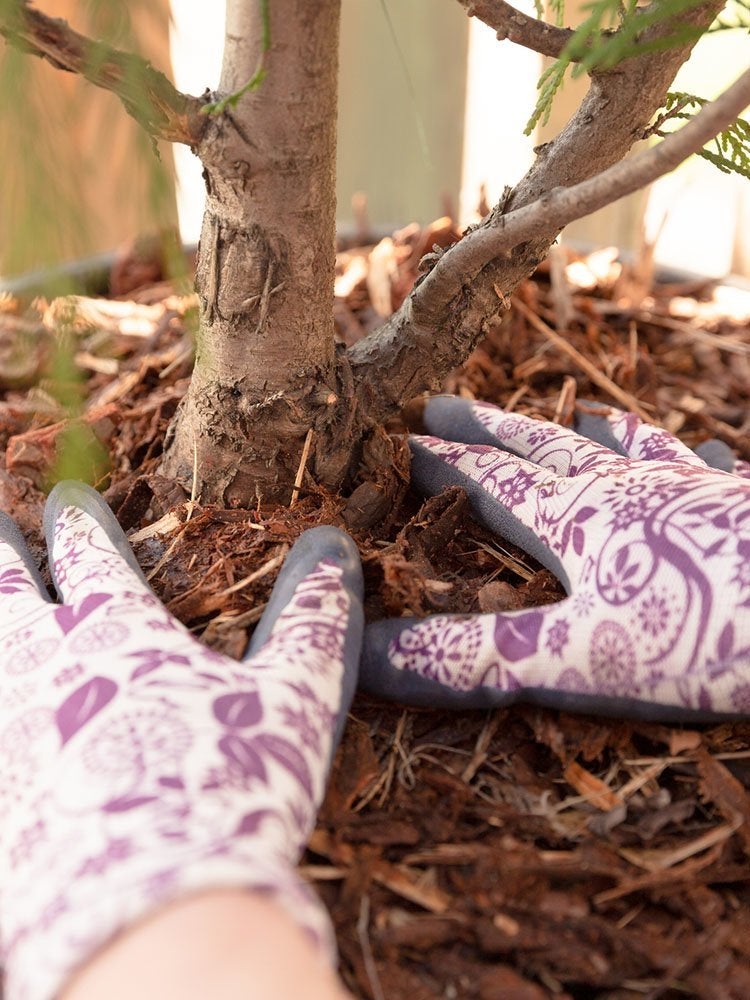
Laying down mulch is one of the best defenses against frigid temperatures as it prevents the repeated freezing and thawing of soil that causes plants to heave. Apply three to four inches of mulch after the ground begins to freeze, and avoid laying mulch too close to trunks or stems of plants. Straw, finely chopped leaves, or shredded bark are all excellent mulches.
Dig Up Tender Plants
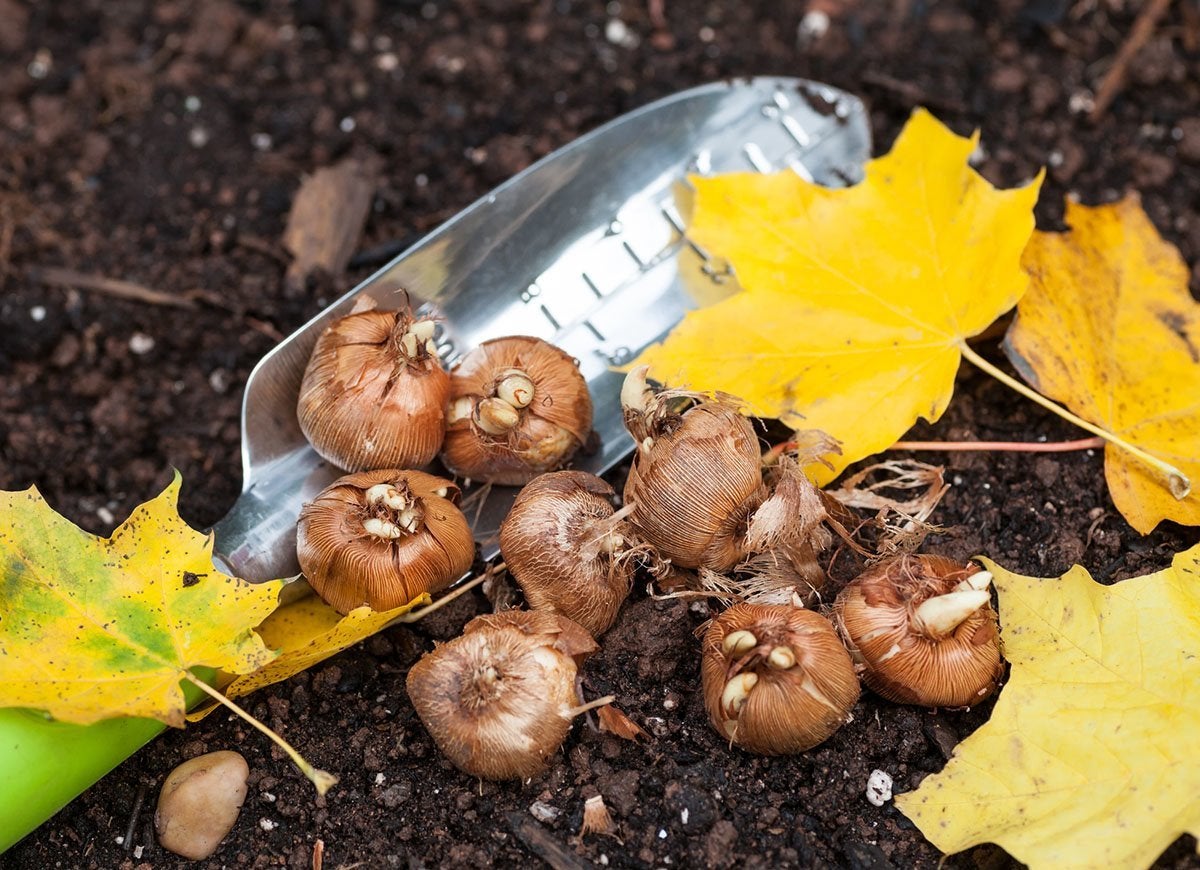
Not everything is hardy enough to overwinter in cold climates. Plants like dahlias, cannas, and elephant ears should be dug out and stored for the winter if you want to reuse them next year. Dig up cannas and elephant ears after a hard frost but before the ground freezes. For dahlias, record the date of the first hard frost, then dig up the tubers two weeks after that date.
Don’t Stop Watering
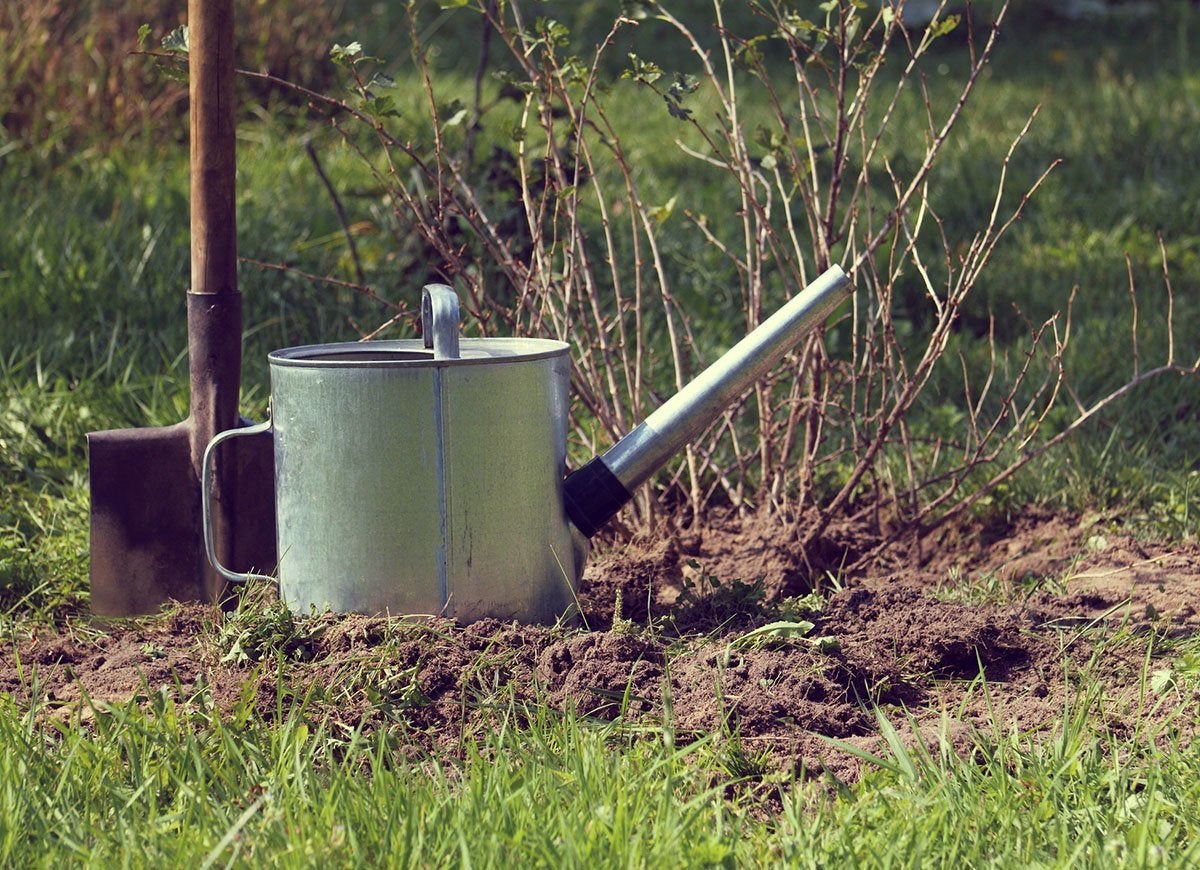
Evergreens can really suffer in the winter. If they’re not adequately watered for as long as possible, their water stores may be depleted, making them more susceptible to winter burn and death once the ground freezes and their roots can no longer take up water. Fluctuating temperatures at the end of winter, when bitterly cold stretches are peppered with warm, spring-like days, are especially hard on evergreens that didn’t receive enough water before the ground froze.
Wrap Them Up
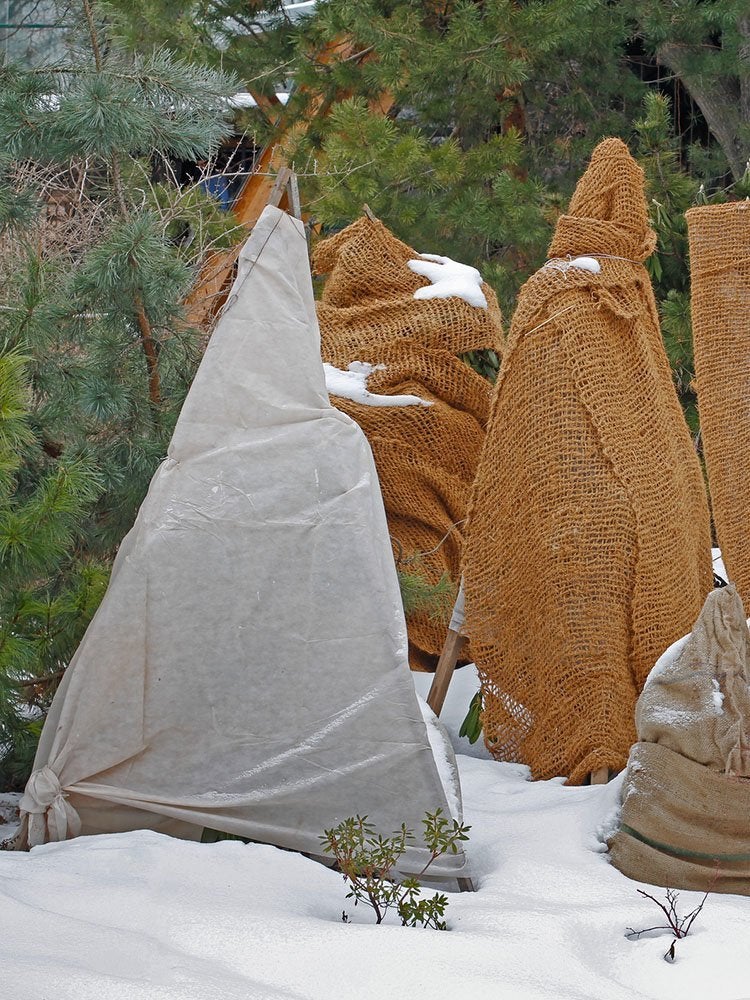
Young, newly planted trees need a little extra winter TLC, at least until they’re thick enough to make it on their own. Thin-barked trees like ash, linden, and maple are susceptible to frost cracking and sunscald, and if unprotected, all young trees are on the dinner menu for rodents who feast on soft bark beneath the snow cover. Use a corrugated tube or wrap the tree from the bottom up with thick paper tree wrap or burlap. Remove it when the tree begins to show signs of growth in late winter/early spring.
Cover Tender Roses
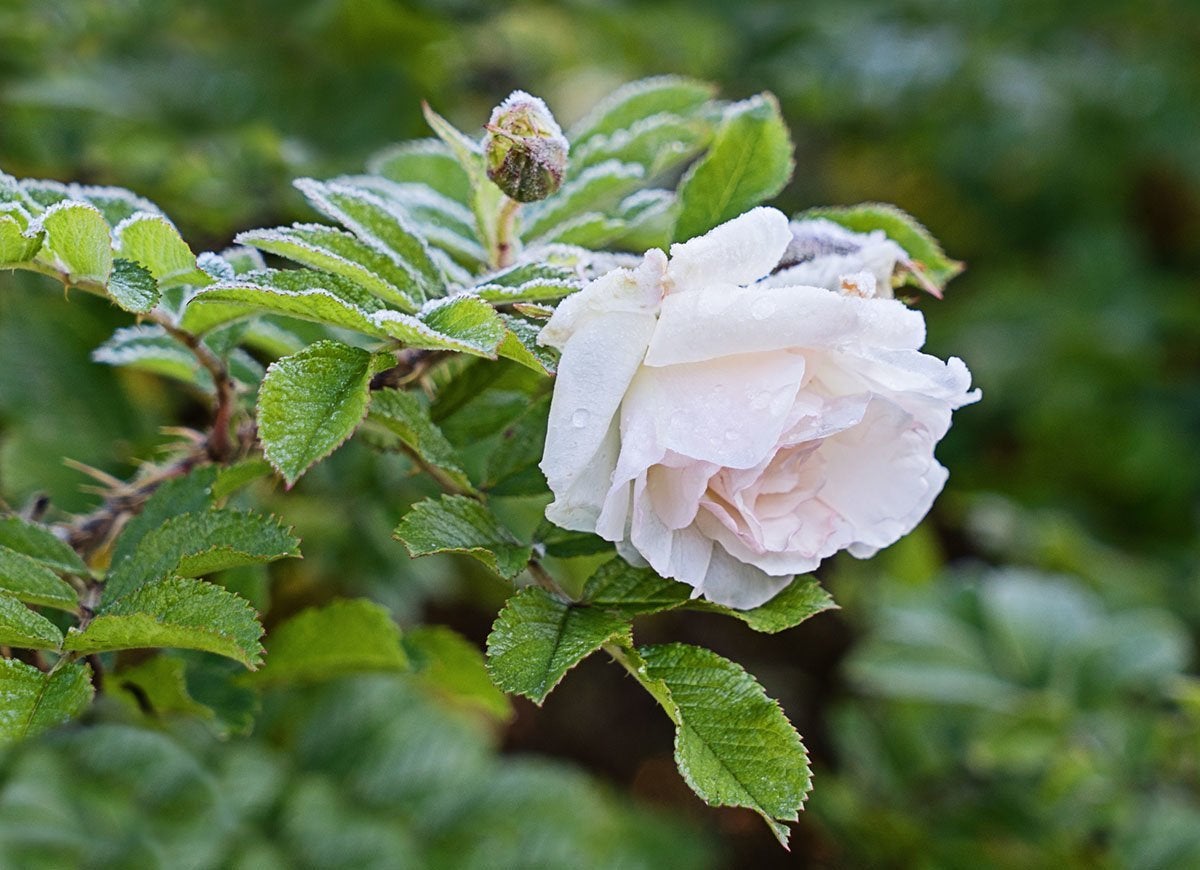
Most roses in the home garden are grafted roses, which means that the rootstock below ground is not the same as the plant growing above the ground. For instance, the root system of the famous Knockout series of roses isn’t hardy enough to survive a cold climate, so growers graft the Knockout onto hardier rootstock. Protect the graft, which is just at or slightly below the soil line, with a six- to eight-inch cone-shaped mound of soil. Remove it when growth appears in the spring.
Avoid Salt De-Icers
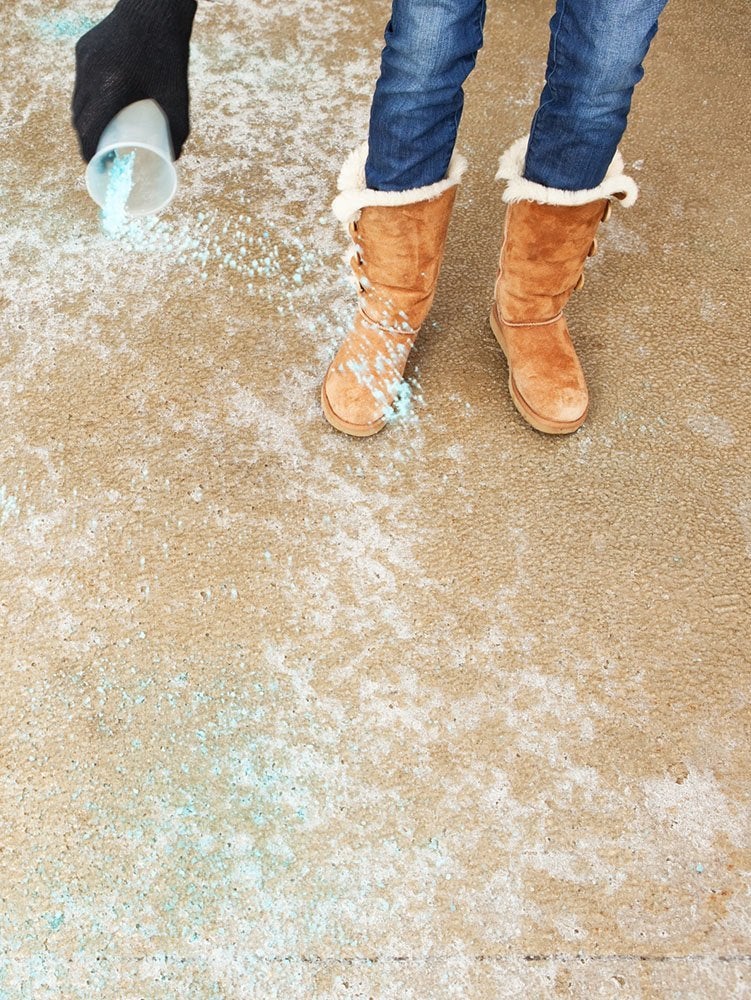
Ice is inevitable in the winter, but using a salt-based solution to handle it is a surefire way to kill your grass and landscaping plants. Salt, absorbed through leaves or roots, leaches moisture from the plant cells and causes the tissues to dry out. Opt instead for sand, and if that doesn’t work choose a de-icer that’s either calcium or potassium based, and use it sparingly.
Know When to Prune
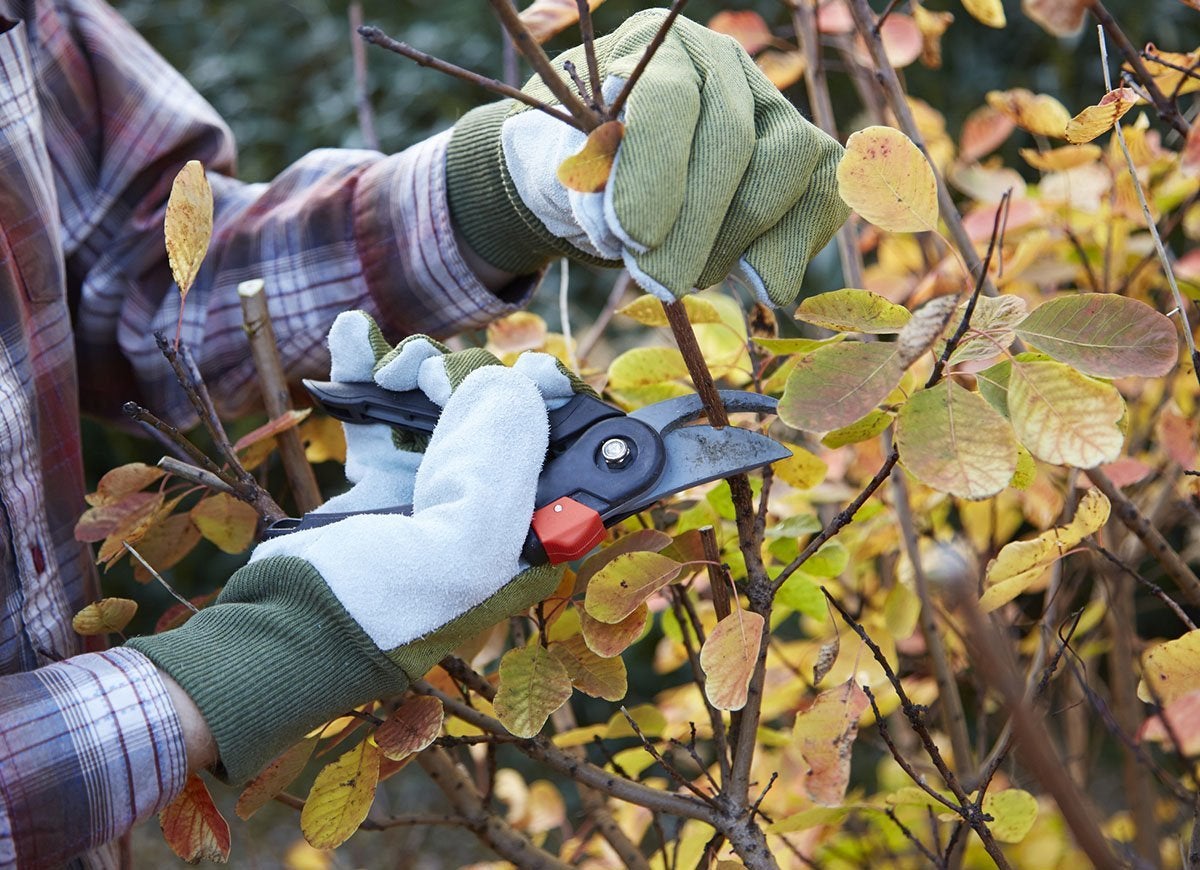
While pruning at the wrong time won’t necessarily kill a plant, it will affect its aesthetics. For instance, if you prune a spring-flowering tree or shrub in the winter, you’ll have a flowerless plant come spring. A good rule of thumb is to prune spring-flowering plants like lilacs and forsythia immediately after they flower, and prune summer bloomers like perennial hibiscus and rose of Sharon in the spring.
Rake Leaves off the Grass
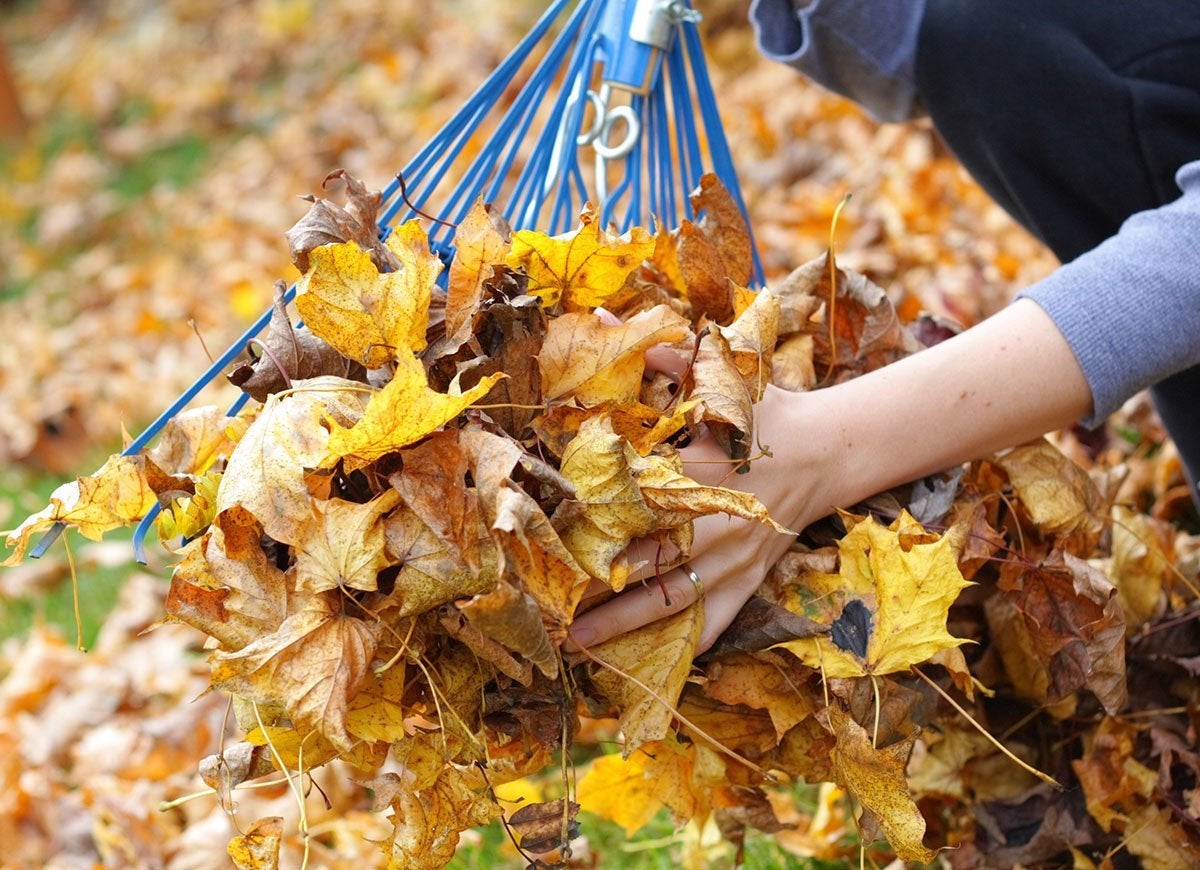
Fallen leaves can form a dense mat that can prevent sunlight from reaching the grass beneath. Then, when autumn’s cooler temperatures and rain showers trigger the grass to grow, it can’t—it’s too suffocated by leaves. Top those leaves with an early snowfall, and you have the perfect environment for snow mold to develop in the grass.
Insulate Hydrangeas
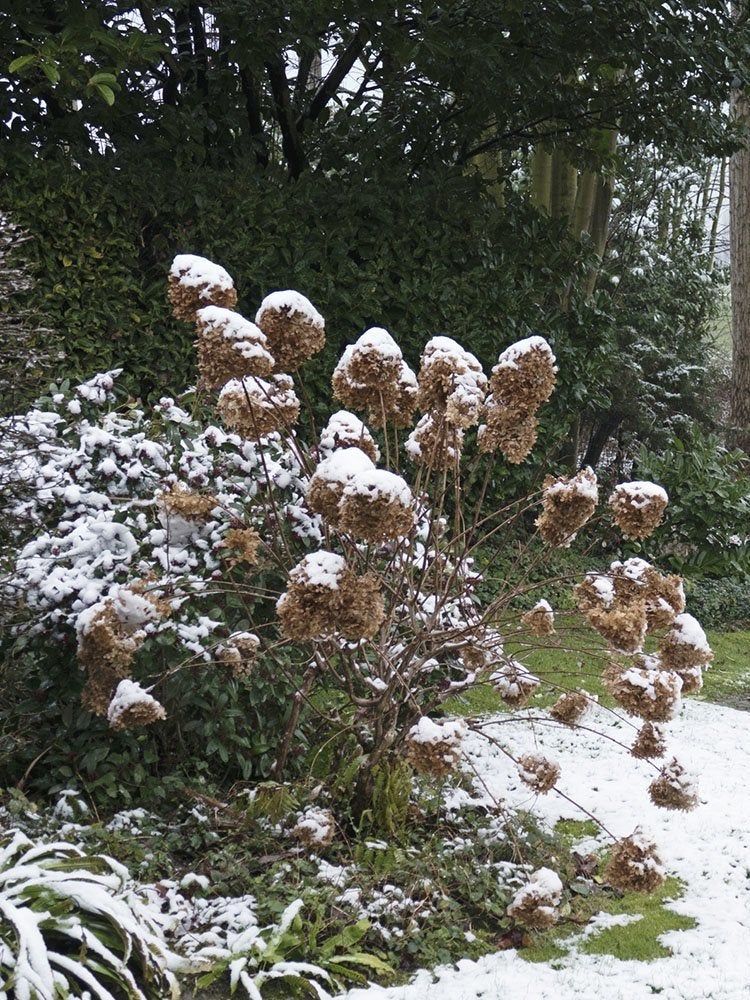
Certain hydrangeas, including macrophylla and oakleaf, bloom on old wood, which means that the flower buds for next year are already growing in the stems from this past season. If those stems die, so do the buds inside. To minimize the damage, circle these types of hydrangea with chicken wire, run sticks through the wire to anchor it into the soil, and pack the inside with plenty of leaves. The insulation will protect the buds.

All You Need to Care for Your Lawn & Garden
Keeping your grass green and your plants thriving doesn’t just take a green thumb—it starts with the right tools and supplies.